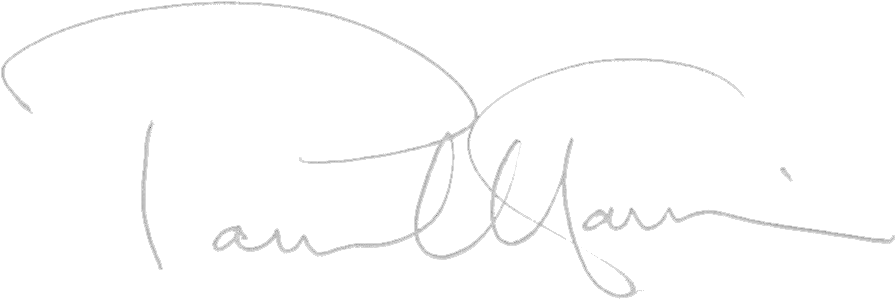I had been wanting to write an in-depth study on clarinet playing for some time – and with months of cancelled ‘live’ engagements, I finally had the time, thanks unexpectedly to Covid. Given that colleagues all over the world were in a similar condition, I found myself in the happy situation of being able to call the likes of Karl Leister, Phillipe Cuper and Stanley Drucker and find them, almost always, at the end of a phone, happy to chat and share thoughts about some fascinating aspect of clarinet playing.
The aim of The Clarinet is to present a really thorough discussion of all aspects of clarinet playing, trying to explain what really happens as we play (much of that scientifically) and how we can learn to develop real control of this wonderful instrument.
In this, the first of a series of articles derived from the book, we shall be focusing on the content of the chapter entitled ‘Be Prepared’.
It’s amazing how a little preparation can add hugely to the success of whatever it is that we choose to do. In this case, it’s playing the clarinet, whether that’s to practise, rehearse or perform. Good preparation (and good posture) will enhance our playing to a significant degree. I’ve separated this preparation into a number of different segments, and whilst we don’t have to carry them all out, the efficacy of what we do subsequently will be all the more enhanced if we do.
The segments are warming up and then limbering up without the clarinet; some consideration on brain states and posture, and then warming up with the clarinet.
Firstly, try doing something as a very general warm-up: take a short but brisk walk, for example. Limbering up requires attention to many parts of the body: shoulders, neck, jaw, arms, fingers, wrists, elbows, knees, spin and more. We can assign an exercise, or series of exercises, to each, as well as explore breathing in detail. The importance of developing a regime that includes doing as many of these exercises as possible lays in reducing tension and so setting you up for safer and more productive playing over any length of time.
You can also practise exercises to access the imagination and deeper states of brain consciousness which can affect how you feel and your control of memory and concentration.
When considering posture, the overall aim is to develop the ability to support the instrument with the least muscular tension as possible. Looking after the body and setting it up correctly will lead to the most tension-free and effective playing.
Now that we are ready to play, there are three main ‘pillars’ of technique to be explored in warming up with the clarinet: tone, articulation and finger work.
Spending quality time warming up really thoroughly will be of great benefit – and only by doing so will you really feel that benefit. Certainly, in the long term, it will keep you in very good condition!
Here’s an exercise to try that simultaneously warms up both body and mind:
Hold your arms up in the air with fingers pointing to the ceiling. Then raise each knee in turn and touch it with the opposite hand. Breathe in as you move down to touch the knee and then out, as the arm returns to the starting position. Repeat the exercise reversing the breathing (i.e. breathe out as you move down etc.). Repeat either or both exercises for 20 to 30 seconds.
To find out more visit https://www.fabermusic.com/shop/paul-harris-the-clarinet-p439043


